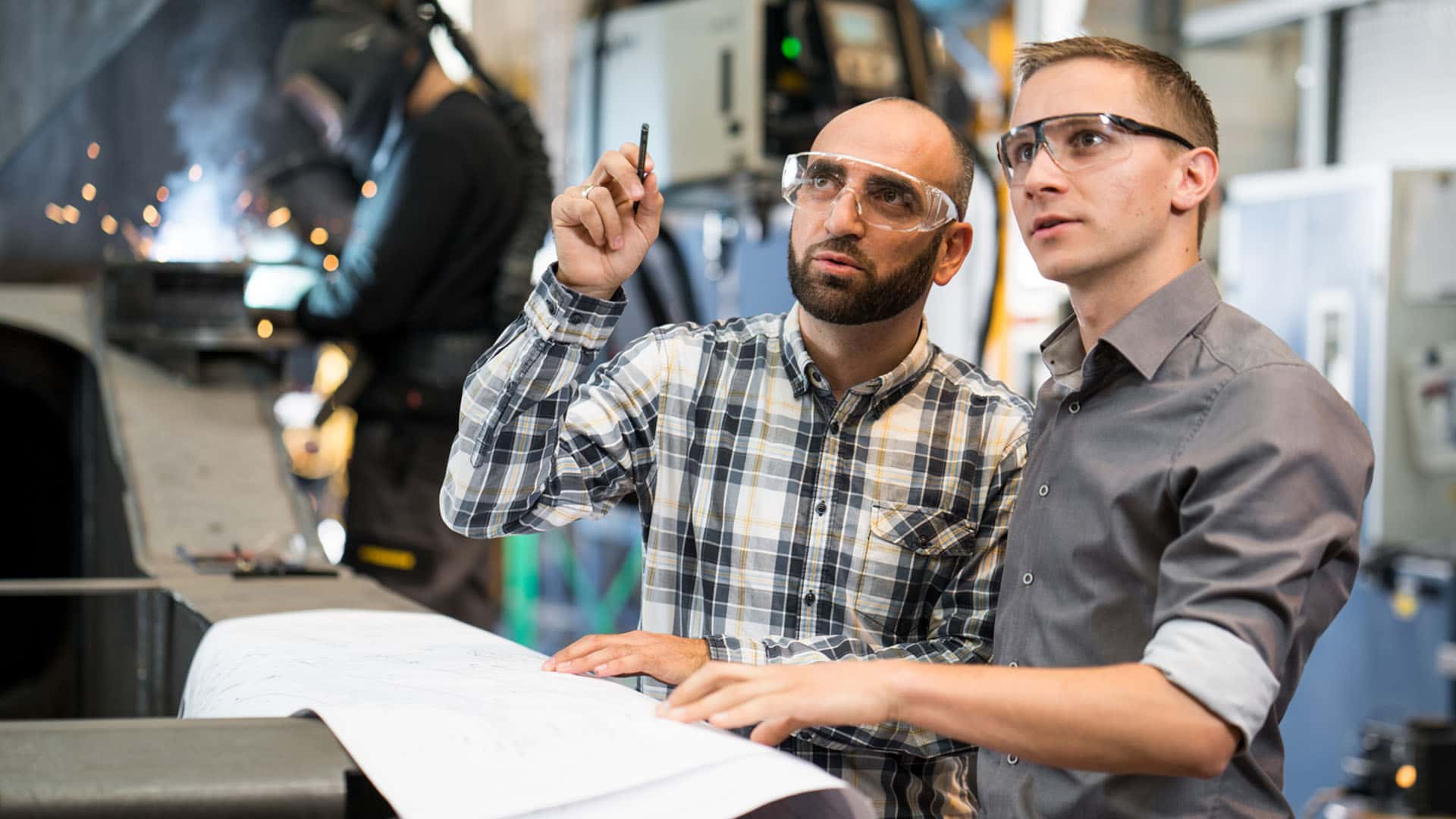Press releases | 02/19/2020
Liebherr MK 88 Plus mobile construction crane masters 1,600 lifts in the Swiss Alps
- Liebherr MK 88 Plus completes up to 15 lifts per hour
- 900-square-metre foundation erected for concrete mixing plant
- Low crane structure enables work underneath material ropeways
In the autumn of last year, a crane operation of epic proportions was required for one of the largest infrastructure projects currently under way in Switzerland. Under considerable time pressure, a new 900-square-metre base structure needed to be constructed for the new imposing Lake Grimsel arch dam in the Alps before the onset of winter. A large-scale concrete mixing plant is due to be built on the base this spring. The construction company Frutiger AG is involved in the project and in October deployed its MK 88 Plus Liebherr mobile construction crane to the construction site, located at an altitude of almost 2,000 metres, for this Alpine assignment.
Over the next six years, an enormous dam will be built at Lake Grimsel in the Bernese Alps. It will replace the 90-year-old, damaged dam already there. The foundations for the planned concrete mixing plant had to be completed near the future dam’s location before the onset of winter. However, construction couldn’t begin until the beginning of October, so speed was of the essence.
For Reto Mathis, Head of the Mobile Crane Division at Frutiger, the solution was obvious straight away, “The MK is perfect for this job.” The tight time frame as well as spatial restrictions on site led him to choose the Liebherr mobile construction crane. Two material ropeways with small lifting systems were also in operation directly above the construction site at a height of approx. 30 metres. As the MK 88 Plus is still able to operate with a hook height of only 18 metres with the tower retracted, the 45-metre-long horizontal jib didn’t get in the way of the ropeways during slewing.
Reto Mathis, “The mobile construction crane is approx. 20 percent faster than a mobile crane.”
The decisive advantage, however, was the MK 88 Plus’s high handling capacity. Reto Mathis explains, “I estimate that the mobile construction crane is up to 20 percent faster than a standard mobile crane. A mobile crane with telescopic jib would have had to use its telescopic extension for much of the lifting due to the limited height of the usable space.” But a mobile construction crane in trolley mode means that this tedious process is no longer necessary. This all adds up to significant time savings as the MK 88 Plus lifted approx. 1,600 loads, including structural steel, containers and small machinery, on its hook during its two-week-long continuous operation. “During an intense phase, we had to manage up to 15 lifts per hour,” explains Mathis.
Noise prevention and air pollution control through Hybrid Power Concept
The MK 88 Plus was provided with a continuous power supply from the construction site for its two-week assignment high up in the mountains, meaning that its operation was also noiseless and emission-free; in such a tight mountain environment, surrounded by steep faces and the dam wall, this significantly improved the working conditions for those on site. “And, of course, this also saved costs and meant there was no need for a tanker to drive up from the valley to deliver fuel to us,” says Mathis.
The Liebherr mobile construction crane has been an integral and essential part of Frutiger AG’s crane fleet for over five years. In terms of the crane’s reliability, Mathis won’t have anything said against his MK 88, “It’s never let us down in all this time.” The modern crane is mainly used for steel and timber construction, for flat roof work and, in luffed position, for antenna construction. For such jobs, the four-axle crane reaches an impressive hook height of 59 metres.
The old dam at Lake Grimsel, named the “Spitallamm”, is past its prime. Completed in 1932, it was the highest dam in Switzerland back then, measuring 114 metres from base to top. A crack, which runs through almost the entire surface of the structure and practically splits it vertically into two segments over a large area, is the reason behind this new construction project. The concern that the old wall wouldn’t be able to withstand the water pressure from the reservoir on the Grimsel Pass in the event of a significant earthquake, led the hydropower company Kraftwerke Oberhasli AG to undertake the ambitious project. Incidentally, the old wall will remain and then be flooded at a later date. The new dam is scheduled for completion by 2025.
Downloads
Here you will find the press release and images for download.



